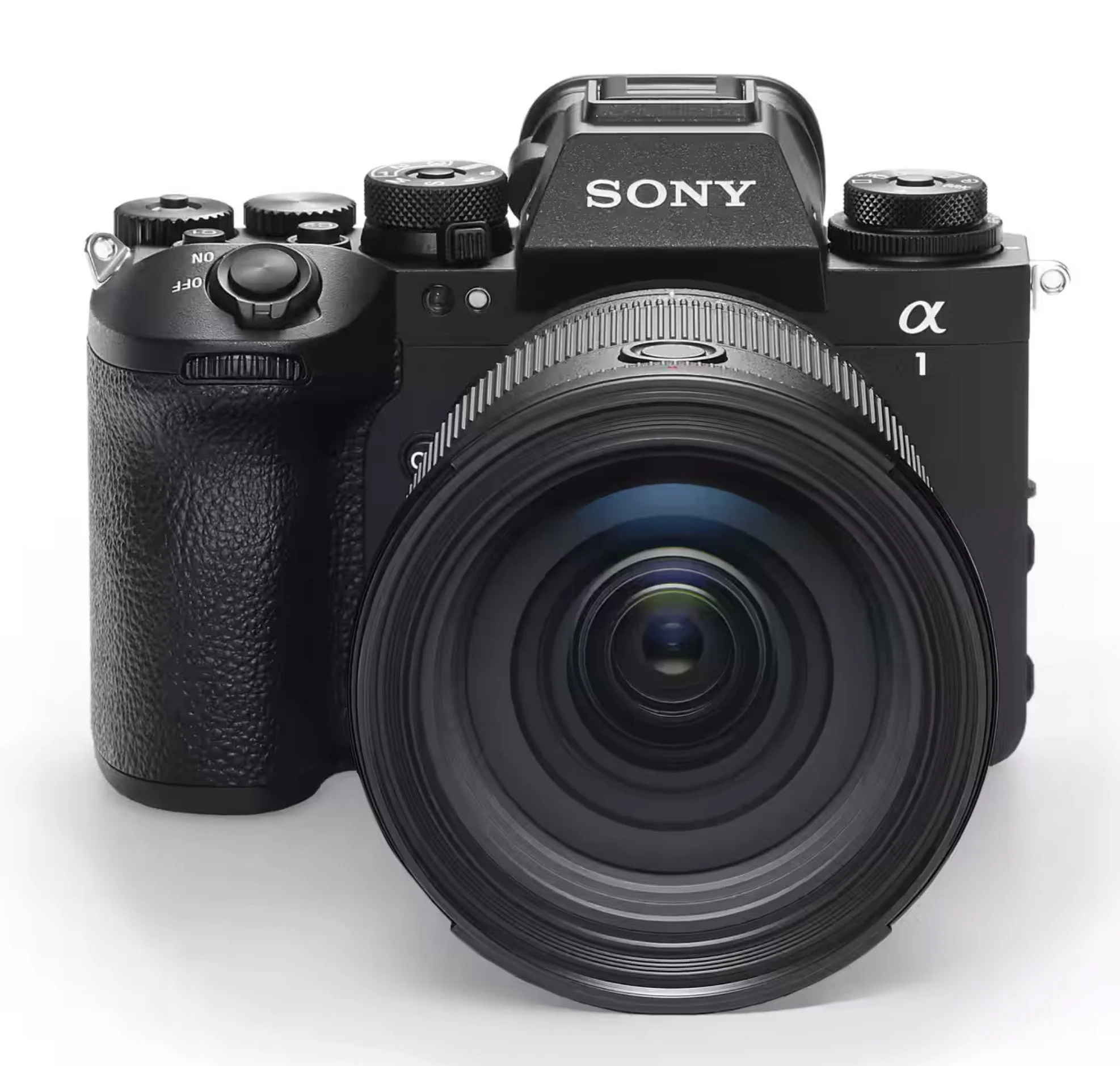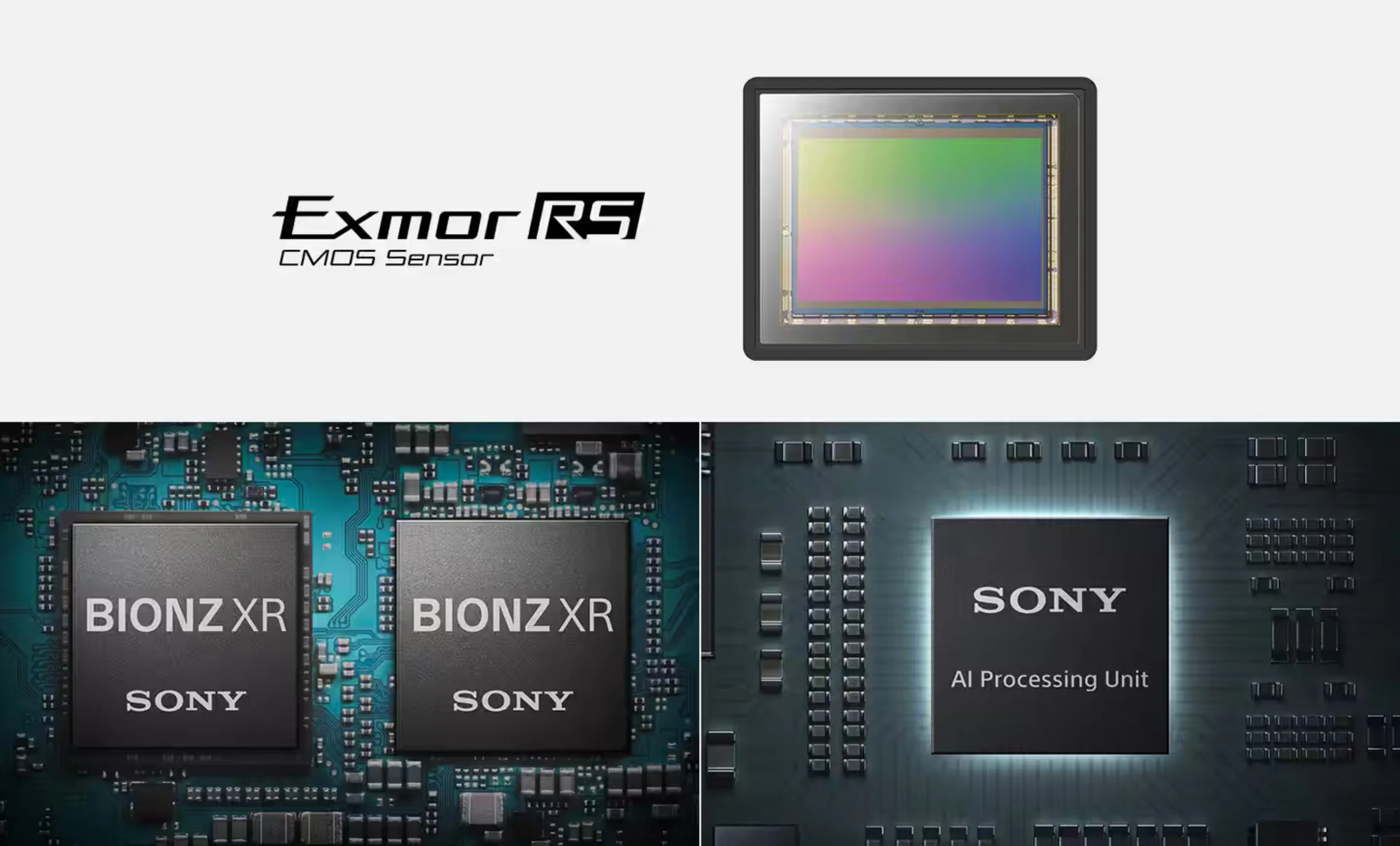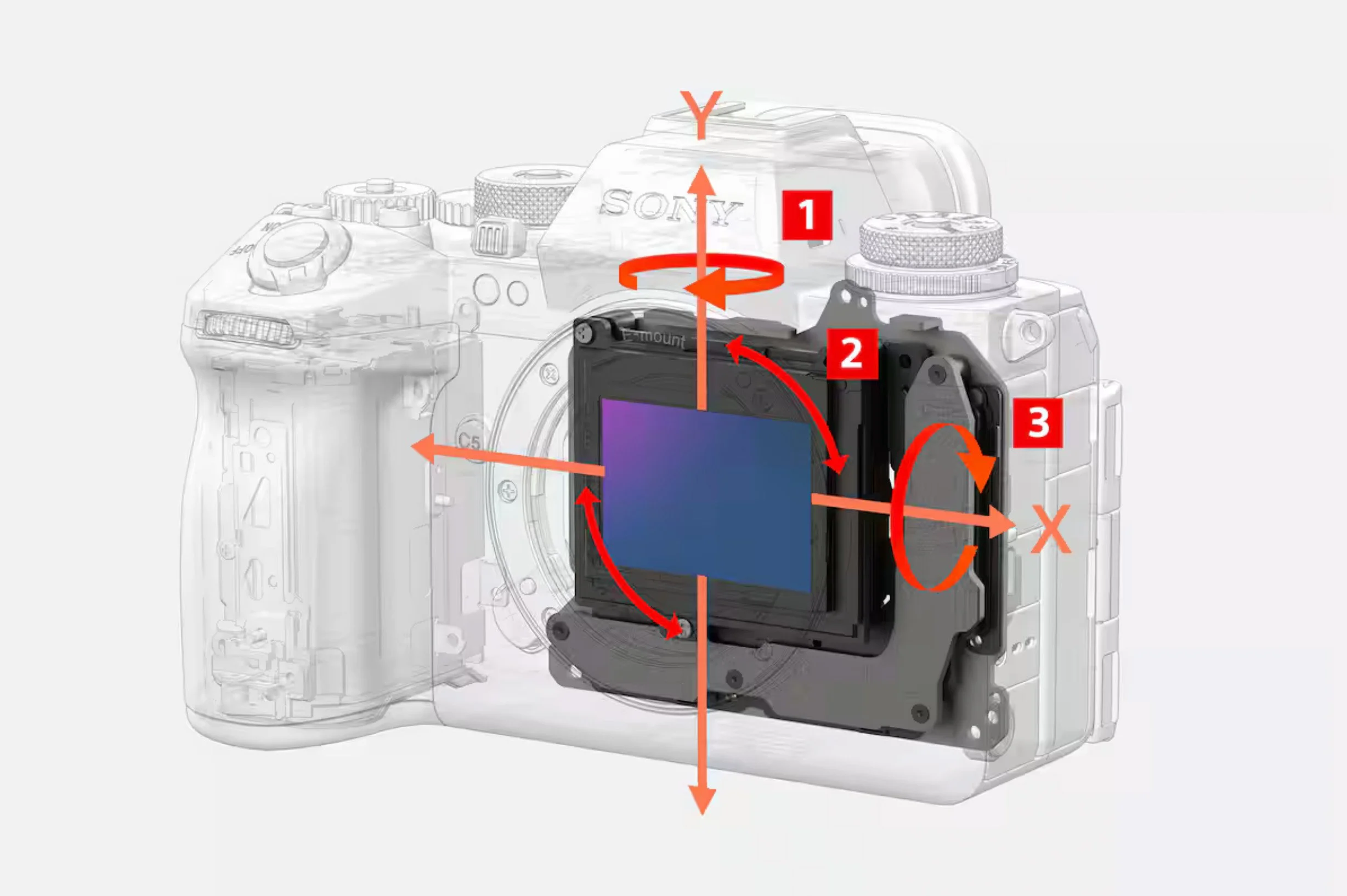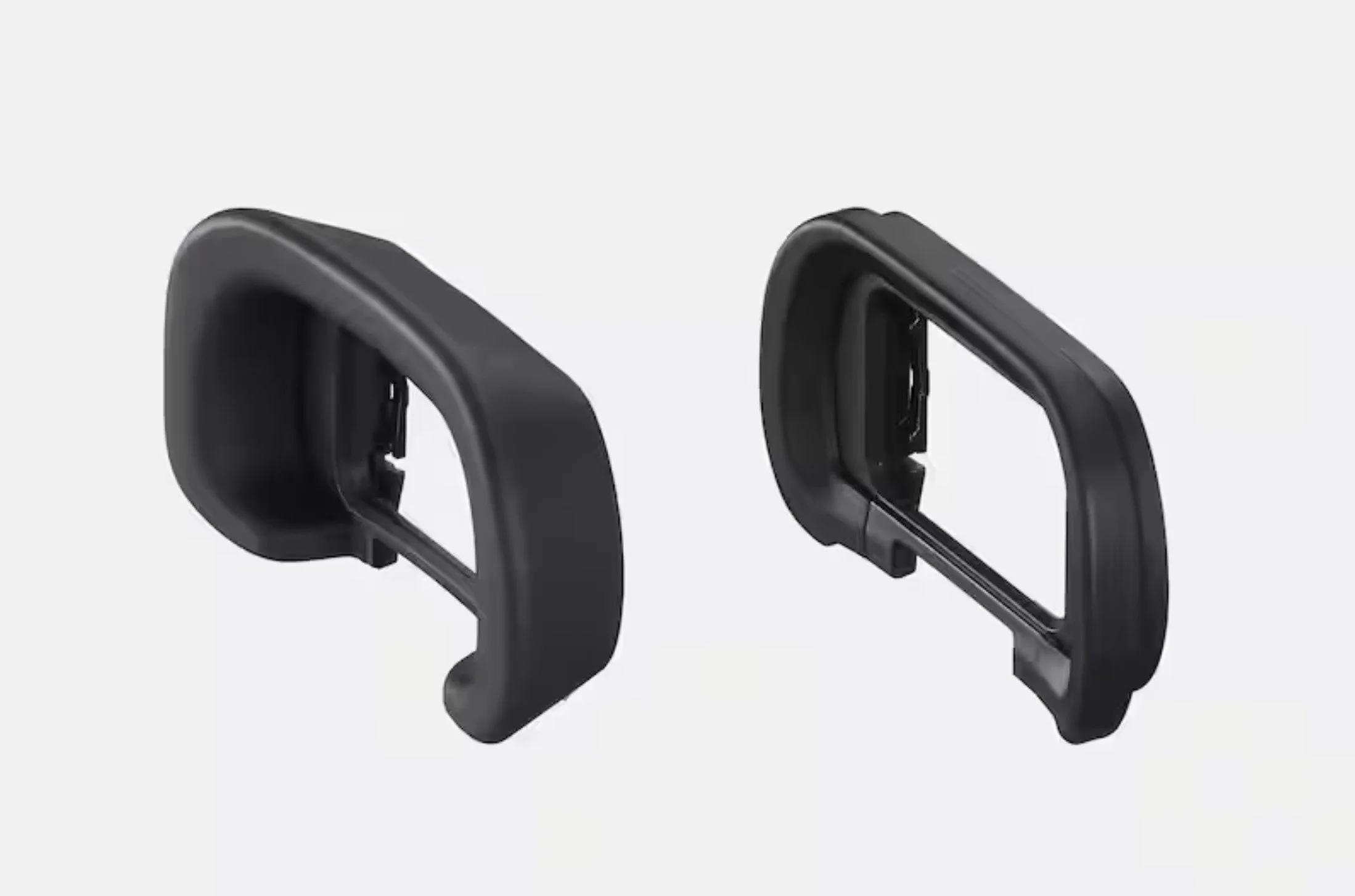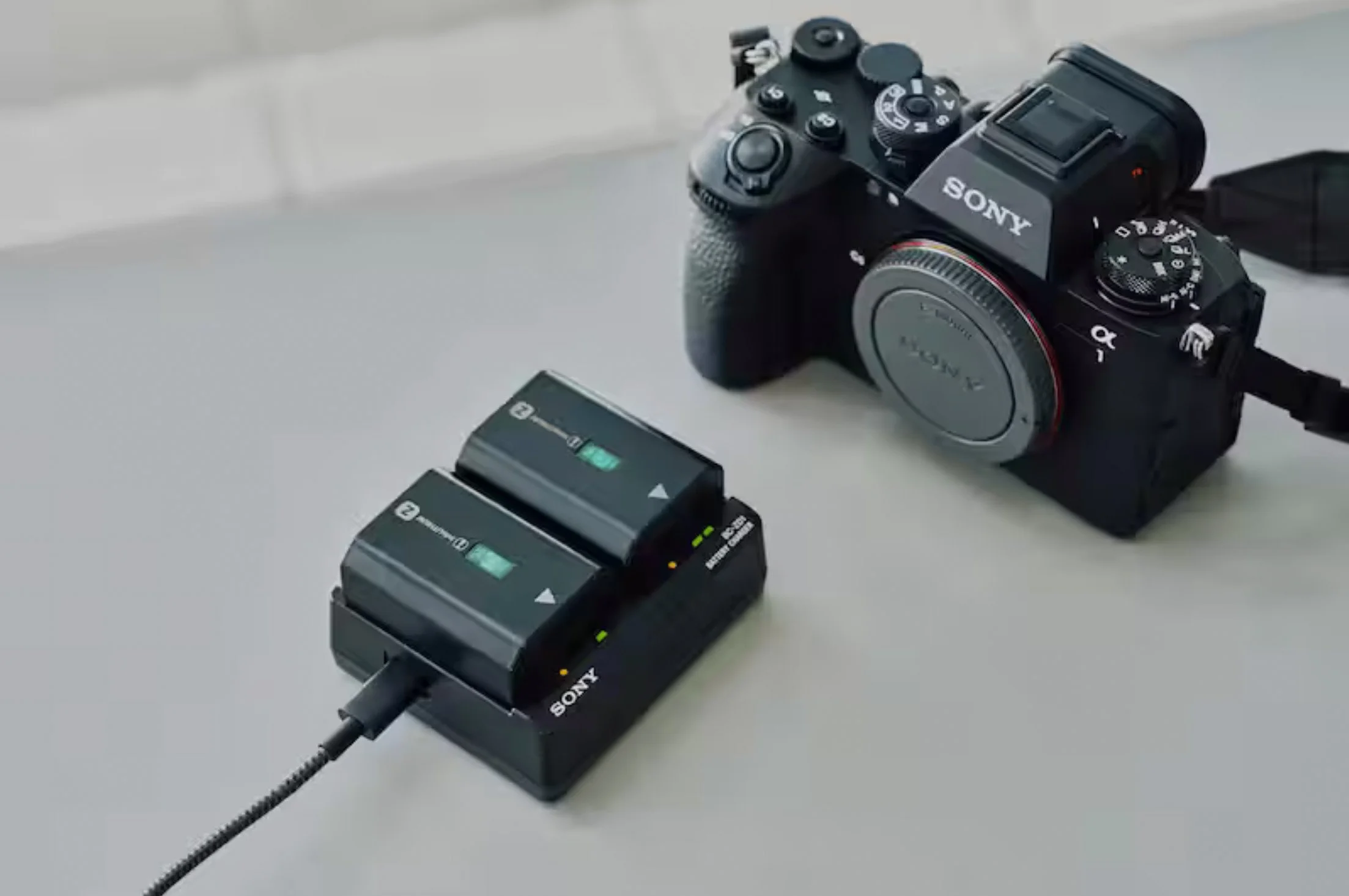Sony Alpha 1 II: AI-Powered Autofocus Redefines Flagship Mirrorless Cameras
Image Source: Sony Hong Kong
Sony has officially announced the release of its latest flagship full-frame mirrorless camera, the Sony Alpha 1 II (Sony A1 II). Building upon the robust foundation of its predecessor, the Alpha 1 II introduces significant enhancements aimed at professional photographers and videographers. Priced at US$6,499.99, the camera is set to hit the market in mid-December, maintaining the same price point as the original Alpha 1 despite its numerous upgrades.
Image Source: Sony Hong Kong
Key Specifications: Power and Precision
The Sony Alpha 1 II retains the impressive 50.1MP stacked CMOS sensor from the original model, ensuring high-resolution imaging capabilities. However, the camera integrates a new AI processing unit, a pivotal addition that enhances its autofocus system. This upgrade allows the camera to recognize seven distinct subject types and intelligently select the appropriate mode based on the scene’s content.
Other notable specifications include:
In-body Stabilization: Rated up to 8.5EV, a significant improvement from the 5.5EV in the original Alpha 1.
Continuous Shooting: Capable of up to 30 frames per second (fps) with full autofocus tracking.
Pre-release Capture: Enables capturing images from 0.03 to 1 second before the shutter is fully pressed.
8K Video Recording: Supports 8K at 30p, downsampled from 8.6K, and 4K at 120fps.
High-Resolution Viewfinder: Features a 9.44M-dot display running at 240fps, with full resolution available up to 120fps.
Fully Articulated Rear Screen: Mounted on a tilt-out cradle for versatile shooting angles.
Image Source: Sony Hong Kong
Enhanced Image Quality at High ISOs
Despite utilizing the same sensor as its predecessor, Sony claims the Alpha 1 II delivers improved image quality at mid-to-high ISO settings. This enhancement is attributed to an upgraded image processing engine, which primarily benefits JPEG outputs. Photographers can expect cleaner images with better noise management, especially in challenging lighting conditions.
[Read More: Nikon Z6III Can Now Detect Airplane Precisely!]
Revolutionized Autofocus with AI Processing
The Alpha 1 II's autofocus system represents a substantial leap forward. Building on the original model's ability to recognize humans, animals and birds, the new AI processor expands subject recognition to include insects, cars, trains and airplanes. This expanded capability is now available in both still photography and video modes, allowing for more precise tracking of key subject areas, such as a driver's helmet.
Additionally, the camera introduces an 'Auto' subject recognition mode, enabling automatic selection of the subject type without manual intervention. While this mode incurs a slight speed penalty compared to manually selected modes, it offers enhanced versatility for dynamic shooting environments. Users can also customize the Auto mode by limiting the range of subjects the camera tracks, optimizing performance based on specific shooting needs.
[Read More: Canon EOS R5 II: AI is Not Only in Smartphones!]
Image Source: Sony Hong Kong
Innovative Pre-Capture Functionality
Continuing the trend set by the original Alpha 1, the Alpha 1 II enhances the pre-capture feature, allowing photographers to save moments just before the shutter is pressed. This capability is expanded to record up to 30 frames leading up to the shutter release, though higher frame rates necessitate the use of lossy compressed RAW formats. Users can activate pre-capture via a half-press of the shutter button, the AF button, or a combination of both, with adjustable pre-record windows ranging from 0.03 to 1 second.
[Read More: Canon Flagship Camera R1 Uses AI to Upscale Images to 96MP!]
Superior In-Body Stabilization
The Alpha 1 II boasts an in-body stabilization system rated at up to 8.5 stops in the center of the frame and 7 stops on the periphery, according to the new CIPA metric. This marks a substantial improvement over the original model's 5.5 stops, positioning the Alpha 1 II alongside top-tier competitors like the Canon EOS R5 II (8.5 stops) and Nikon Z9 (6 stops).
Image Source: Sony Hong Kong
Advanced Viewfinder Features
While the electronic viewfinder (EVF) maintains the same 9.44M-dot resolution and 240fps refresh rate as the original Alpha 1, Sony introduces a 120fps mode with high display quality, albeit with reduced resolution at higher frame rates. Additionally, the package now includes a 'deep' viewfinder eyecup, enhancing user comfort during extended shooting sessions.
Image Source: Sony Hong Kong
Robust Video Capabilities
The Alpha 1 II sustains the original's impressive video specifications, offering:
8K Recording: Up to 30p, downsampled from 8.6K.
4K Recording: Full-width at up to 60p and 120p with a 1.13x crop.
While the 4K footage is not derived from the 8K source, thereby lacking the detail benefit of 2x oversampling, the camera compensates with additional features. Users can import up to 16 custom LUTs (Lookup Table) for previewing Log footage and embed these LUTs with their files for consistent post-production grading. The camera also introduces the S-Cinetone profile, offering a flexible alternative to the extensive dynamic range of S-Log3.
For videographers, the Alpha 1 II includes Auto Framing and enhanced image stabilization modes such as Dynamic Active and Framing Stabilizer, providing smoother and more stable footage in various shooting scenarios.
Enhanced Noise Reduction and Raw Options
Sony expands the Alpha 1 II’s capabilities with Noise Reduction Composite Raw, a mode that captures between 4 and 32 RAW images to be composited using Sony’s Imaging Edge software. This feature is particularly beneficial for low-light portraiture, improving the signal-to-noise ratio without increasing resolution.
Additionally, the camera introduces focus bracketing, a feature absent in the original Alpha 1, allowing photographers to achieve greater depth of field control and focus precision.
[Read More: United Stand Against AI: Major Camera Brands Forge Alliance!]
Image Source: Sony Hong Kong
Battery Life and Performance Enhancements
The Alpha 1 II utilizes Sony’s NP-FZ100 batteries and includes a dual-battery charger, capable of charging two batteries simultaneously in approximately 155 minutes. The camera is rated for 420 shots per charge when using the rear screen, though actual performance may vary based on shooting conditions and usage patterns.
With its sensor readout speed surpassing competitors like the Canon EOS R5 II and a built-in Ethernet connection—a feature absent in the Canon EOS R5 II and Nikon Z8—the Alpha 1 II is optimized for high-performance, professional workflows. The matched media card slots ensure consistent performance, catering to the demanding needs of professional photographers.
[Read More: Introducing the Poetry Camera: Where Technology Meets Artistic Expression]
Image Source: Sony Hong Kong
A Worthy Upgrade for Professionals
The Sony Alpha 1 II represents a substantial upgrade over its predecessor, particularly in autofocus capabilities, image stabilization, and professional workflow features. For photographers and videographers who demand the highest performance and are willing to invest in top-tier equipment, the Alpha 1 II offers compelling advancements that justify its premium pricing.
However, for enthusiasts and professionals seeking a more cost-effective solution, competing models like the Nikon Z8 and Canon EOS R5 II provide robust alternatives with comparable features. The Alpha 1 II’s value proposition is strongest for Sony-centric professionals who will fully leverage its advanced functionalities.
As the camera hits the shelves in mid-December, the photography community eagerly anticipates hands-on reviews to further assess whether the Alpha 1 II lives up to its ambitious specifications and justifies its position in the competitive high-end mirrorless market.
[Read More: Retro Reborn: Pentax 17 Brings Nostalgic Vibes with a Modern Twist!]
Source: DP Review

